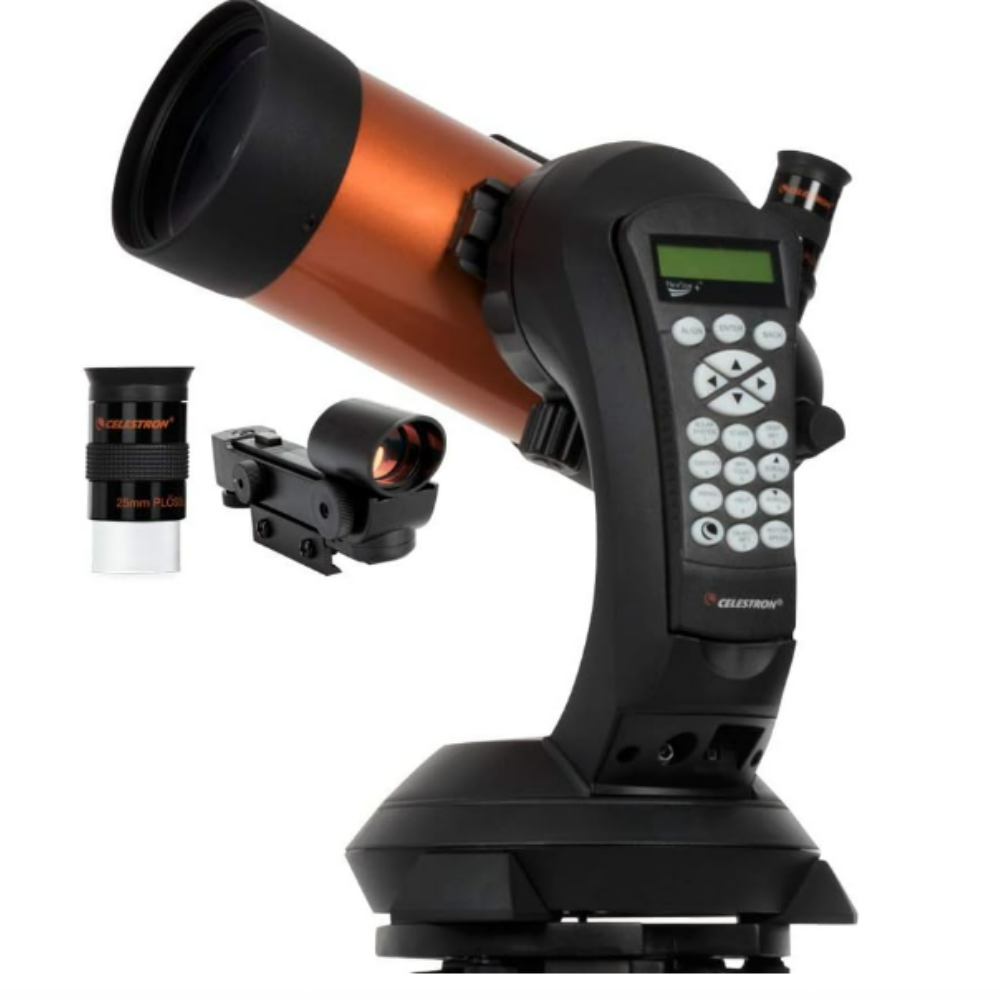An Indian rocket launched three satellites and an experimental orbiting platform on Thursday morning (June 30) in what has been its 55th launch.
The four-stage, 145.7-foot-tall (44.4 meters) Polar Satellite Launch Vehicle (PSLV) lifted off from Satish Dhawan Space Centre in southeastern India on Thursday at 8:33 a.m. EDT (1233 GMT; 6:03 p.m. local time) into the clear blue sky in what was described as “a marvelous liftoff” by the mission commentator.
The rocket’s stages separated faultlessly as planned with payload separation commencing at 8:53 a.m. EDT (1253 GMT).
“PSLV C 53 has placed the customer satellites … in the precise orbit of 570 kilometer [354 miles] with a 10 degree inclination,” chairman of the Indian Space Research Organization (ISRO) Shri S. Somanath, said in a post-launch speech. “So with this today’s mission, all these three satellites are placed in the right orbit. And I hope that the further activities will be taken up and the mission will be a complete success for our customers.”
Related: Stunning photos show Earth from India’s spacecraft headed to the moon

The PSLV carried three satellites on this mission, all of them from Singapore. The largest is an 805-pound (365 kilograms) Earth-observation craft known as DS-EO, which “will provide full-color images for land classification and serv[e] humanitarian assistance and disaster relief needs,” ISRO officials wrote in a mission description (opens in new tab).
Also going up on Thursday was NeuSAR, a 342-pound (155 kg) commercial satellite that will image Earth using synthetic aperture radar. The third spacecraft, called Scoob-1, was developed by students at Nanyang Technological University in Singapore. It weighs just 6.2 pounds (2.8 kg), according to the ISRO mission description.
The PSLV also carried six payloads designed to conduct research in orbit using the rocket’s spent fourth stage as a platform. That fourth stage, called the PSLV Orbital Experimental Module, is outfitted with solar panels and a guidance, navigation and control system. Thursday’s mission marks the first such use of a PSLV upper stage, ISRO officials said.
The PSLV launch is part of a busy stretch in spaceflight. SpaceX launched the SES-22 communications satellite on Wednesday evening (June 29). And on Thursday evening, a United Launch Alliance Atlas V rocket will launch two payloads for the United States Space Force, including an experimental missile-warning satellite.
Mike Wall is the author of “Out There (opens in new tab)” (Grand Central Publishing, 2018; illustrated by Karl Tate), a book about the search for alien life. Follow him on Twitter @michaeldwall (opens in new tab). Follow us on Twitter @Spacedotcom (opens in new tab) or on Facebook (opens in new tab).


